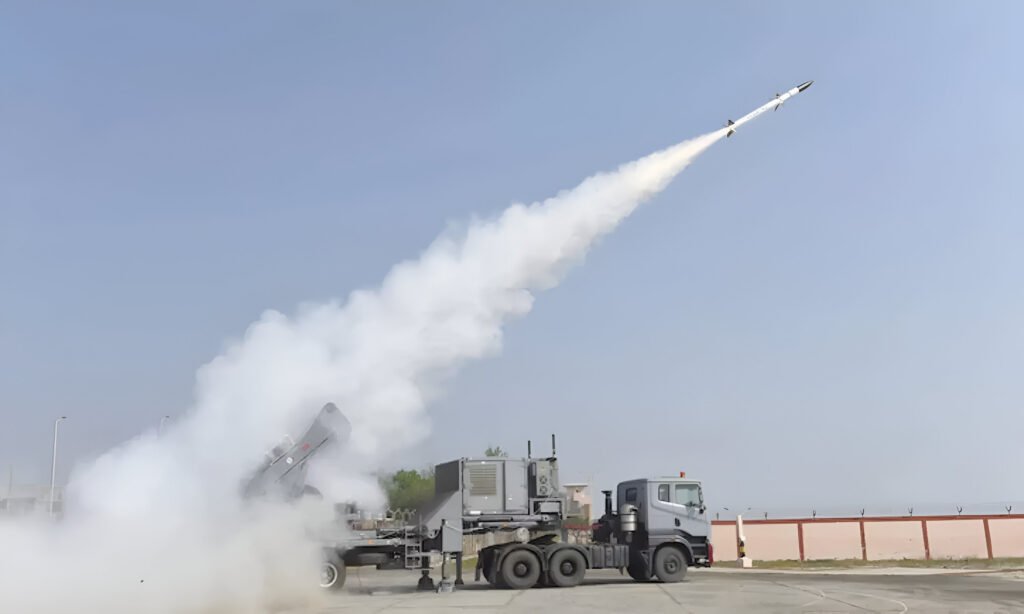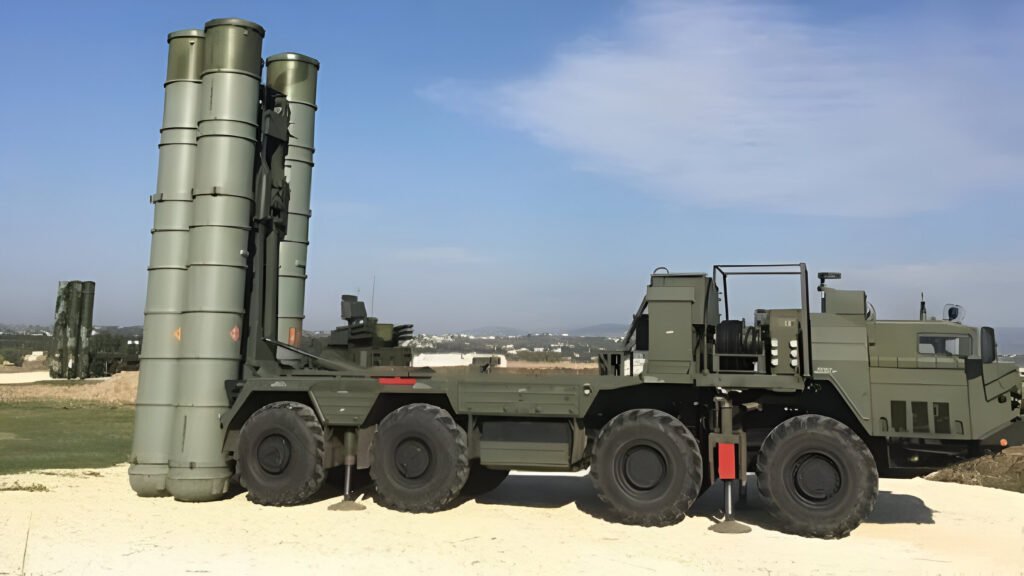
Following Operation Sindoor, India’s defense outlay is set to receive a massive augmentation of Rs 50,000 crore, taking the overall budgetary provision past Rs 7 lakh crore in the financial year 2025–26. The decision reaffirms the government’s emphasis on national security but is also a representation of India’s strategic initiative towards defense operations-based technological autonomy.
According to reports, the additional budget proposal would be placed in Parliament’s Winter Session, and the funds will be spent to strengthen crucial sectors such as defense R&D, acquisition of sophisticated weapons and ammunition, and indigenous military technology.
Record Defense Allocation: A Decade of Growth
In the Union Budget 2025–26, presented on February 1, Finance Minister Nirmala Sitharaman had already earmarked a historic Rs 6.81 lakh crore for defense, marking a 9.53% increase from the previous year’s allocation of Rs 6.22 lakh crore. This represents 13.45% of India’s total budget, the highest allocation for any ministry.
Since Prime Minister Narendra Modi took office in 2014, India’s defense budget has more than tripled, growing from Rs 2.29 lakh crore in 2014–15 to the current proposed Rs 7.31 lakh crore (post-supplementary allocation). This increase is a result of the government’s continued emphasis on national security, indigenization, and modernization of the military.
Operation Sindoor: A New Chapter in Strategic Warfare
The budget hike has come on the heels of Operation Sindoor, the decisive military action initiated following the April 22 Pahalgam terror strike, in which 26 civilians were murdered by The Resistance Front (TRF), a Pakistan-affiliated faction of Lashkar-e-Taiba.
Without violating the Line of Control or the international border, India struck and demolished nine terrorist camps deep within Pakistan using cutting-edge indigenous technologies and strategic precision. The operation saw a dramatic change in India’s defense strategy—emphasizing the role of drone warfare, electronic surveillance, and multi-layered air defense systems.
India’s counter was hailed as “deliberate, precise, and strategic,” a hallmark of the new era in its military doctrine centered on deterrence through indigenous innovation as opposed to conventional ground attacks.

Technology Triumph: Indigenous Systems Lead the Way
As a part of the 100-hour high-stakes standoff on May 7-8, Pakistan conducted a wave of missile and drone strikes on military installations throughout Northern and Western India, including Srinagar, Jammu, Amritsar, Ludhiana, and Bhuj.
India’s Integrated Counter-Unmanned Aerial Systems (UAS) Grid and multi-layer air defense systems were able to effectively neutralize virtually all incoming threats. The action involved the combined deployment of:
S-400 ‘Triumf’ (Russian long-range SAM system)
Barak-8 (medium-range surface-to-air missile system)
Akash (indigenous SAM system)
Pechora, OSA-AK, and LLAD guns for low-level air defense
This unblemished integration of foreign and Made-in-India platforms was a firm endorsement of the nation’s expanding defense production capabilities.
In his address on May 12, Prime Minister Modi proudly stated, “During this operation, the credibility of our Made-in-India weapons was firmly established. The world now recognizes that the time for made-in-India defense equipment in 21st-century warfare has arrived.”
Towards Atmanirbharta in Defence
Echoing the Prime Minister’s sentiment, Defense Minister Rajnath Singh emphasized the need for greater domestic production. “If we buy defense equipment from other countries, it means we are outsourcing it and leaving our security in the hands of someone else. This cannot be a long-term solution,” he said.
With the supplementary budget, India aims to further strengthen its resolve for ‘Atmanirbharta’ (self-reliance) in defense. Key sectors likely to gain are
Faster development of next-gen defense technologies
Purchase of advanced indigenous weapons
Enhancement of research and innovation hubs such as DRDO
Increased production capacities through public-private collaborations
Conclusion: A Budget Backed by Action
Operation Sindoor was not just a military success—it was a strong declaration of India’s military preparedness and its capacity to defend national interests through indigenous technology. The planned Rs 50,000 crore defense budget increase is not merely a budgetary action but a strategic bet on the country’s future defense infrastructure.
With growing dangers in the region and increasing international geopolitical tensions, India is projecting itself not only as a regional power but also as an autonomous, technology-powered military force poised to take center stage in the 21st century.









